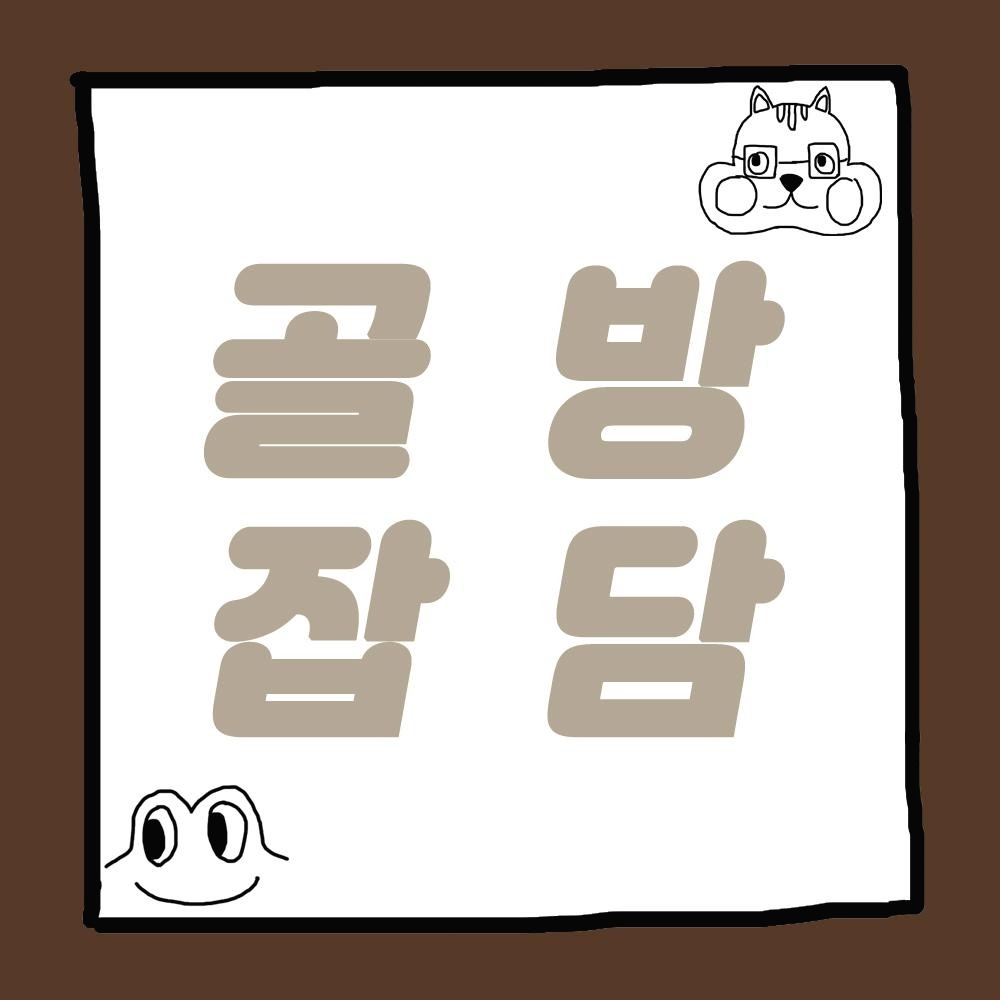골방잡담
두수고방(斗數庫房): 한국의 사찰 음식을 세계에 소개하다 본문
복잡한 도심 속에서 자연의 공간 속에 있는 듯한 느낌이라는 '두수고방(斗數庫房)' 이 Dezeen Awards 2020에 후보로 선정되었다. 11월에 최종 결과가 나온다고 하는 데, 한국의 사찰음식을 세계에 알리는 것은 물론이고, 코로나 시대에 아늑하고 평화로운 우리의 아름다운 전통문화가 세계에 공유되어 함께 즐기고 보존해 나갔으면 좋겠다.
* Dezeen Awards is the architecture, interiors and design awards programme organised by Dezeen, the world's most popular design magazine.
환경이 아늑하든 동굴이든 간에, 식당 주인들은 식사하는 사람들에게 기억할 만한 경험을 주는 것을 목표로 한다. 분위기가 핵심적인 역할을 하는 곳이다. “난 일상과 완전히 동떨어진 느낌이 드는 식사 경험이 좋아.” New York studio Architecture at Large의 설립자인 Rafael de Cárdenas는 말한다.
그는 Dezeen Awards 2020의 심사위원으로서 올해의 레스토랑 출품작을 심사숙고해 왔다. 이제 3년째 이 상들은 유명한 건축과 디자인 웹사이트인 Dezeen에 의해 조직되고, 레스토랑 카테고리는 심사위원들이 아름답고 혁신적이라고 생각하는 장소들로 구성되어 있다.
서울의 한 불교 식당, 코펜하겐의 '전체적인' 요리, 상하이의 일본 요리, 그리고 선전의 중국 현대식 농식당 등이 주목을 받았다. (a Buddhist restaurant in Seoul, a ‘holistic’ cuisine offering in Copenhagen, a Japanese venue in Shanghai, and a contemporary Chinese farm-to-table restaurant in Shengzhen.) 그 외에도 코펜하겐, 안트워프, 멕시코, 런던 등의 식당들도 소개되었다.
Dezeen Awards 2020에 최종 리스트 레스토랑의 디자이너 알렉스 목은 많은 최종 후보지에서 "이야기, 장소, 문화, 전통에 대한 광범위한 탐구가 있었다"라고 언급했다. 그는 한국의 불교 식당인 두수고방을 "전통을 현대적으로 보여주는 완벽한 예"라고 지적한다. 주방은 TV 요리사로 유명해진 승려 정관이 운영하고 있다. 그녀의 조리법은 엄격한 한국 불교 규율을 따르고 있는데, 마늘, 양파, 부추와 같은 고기나 조미료는 없지만 그럼에도 불구하고 풍미가 가득하다.
두수고방은 평화로운 분위기를 가지고 있다.
두수고방은 고객을 위해 아늑하고 전통적인 분위기를 자아냅니다. 디자이너 임태희 씨는 BBC컬처와의 인터뷰에서 "특히 정보, 시각, 소리의 자극이 도처에 널려 있는 이 시대에 사람들은 자연과 전통이라는 요소를 통해 편안함과 휴식을 얻는다고 생각한다"라고 말했다.
식사하는 사람들은 메뉴, 그리고 공간을 통해 여행을 간다.
자연을 그리는 데 임 씨는 “한국의 깊은 산속을 여행할 때 발견하게 되는” 소재를 사용했다. 식사하는 사람들은 목재, 화강암 및 종이로 만든 가구, 비품 및 부속품 (“그 질감이 따뜻하고 몰입감을 제공하기 때문에”), 그리고 회색, 갈색 및 베이지 색 등 차분한 색상으로 둘러싸인다. 그는 심지어 "승려들의 겸손한 삶을 재현기 위해 오래된 전통 요리 도구와 가구를 들여왔다.
식사하는 사람들은 더 큰 장소를 찾을 수 있지만, 두 수 고방에서는 작은 문으로연결된 일련의 아늑한 구역에서 편안함을 느낀다. 그들은 심지어 사적인 명상 공간에서 긴장을 풀 수 있다. 그래서 여기서 하룻밤은 여행을 하는 것, 메뉴를 통해서, 그리고 공간을 통해서도 하는 것이다.
* 두수고방(斗數庫房)의 고방은 곡식을 넣어두는 장소로, 절에서 승려가 탁발(무소유를 실천하기 위해 음식을 얻는 의식) 후 필요한 사람을 위해 음식을 보관하는 공간을 뜻한다.

Voisin Organique in Shenzhen serves cuisine created with ingredients from its own farm (Credit: Various Associates/ Dezeen Awards 2020)

The Buddhist restaurant Doosoogobang in Seoul has a peaceful ambience (Credit: Studio Lim/ Dezeen Awards 2020)
For its customers, Doosoogobang is set up to be both cosy and traditional. “I think people get comfort and relaxation through the elements of nature and oldness, especially in this age, when so many stimuli of information, vision and sound are everywhere,” designer Taehee Lim tells BBC Culture.
In drawing on nature, Lim used materials “you happen to find when you’re travelling deep in the mountains of Korea”. Diners are surrounded by furniture, fixtures and fittings made of wood, granite and paper (because “its texture provides a warm and absorbing welcome”), and calming colours, including grey, brown and beige. He’s even brought in old, traditional cookers and furniture, in order to “reimagine the humble lives of Buddhist monks”.
Diners can find bigger venues less personal, but at Doosoogobang they cosy up in a series of snug zones, which are connected by small gates. They can even chill out in a private meditation area. So a night out here is about being on a journey, through the menu, and also through the space.

Mesmerising images are projected on to a huge dome at the Alchemist, Copenhagen (Credit: Studio Duncalf/ Dezeen awards 2020)

Shanghai’s Omakase Kaiseki Cuisine is saturated with pink lighting (Credit: Hip-Pop Design Co/ Dezeen Awards 2020)

Le Pristine in Antwerp references art by the Flemish and Dutch masters with its warm hues (Credit: Le Pristine/ Peter Paul de Meijer)

The outdoor Kakurega Omakase on the Pacific coast of Mexico is a thatched refuge (Credit: TAX Architects/ Sergio Lopez)

Pantechnicon in London seeks to create a homely, domestic mood (Credit: Pantechnicon)
What makes the ultimate dining experience?
From cosy to cavernous, simple to spectacular, these restaurants around the world offer an escape from everyday life.
www.bbc.com
'뒷방에서 CNN BBC > 여행 음식 반려동식물 예술 스포츠' 카테고리의 다른 글
| 할로윈의 변천: 이교도의 영혼에서 원더우먼, 자본주의 축제로 (0) | 2020.10.31 |
|---|---|
| 11,000년 전 빙하시대가 끝날 무렵, 적어도 5 품종의 개가 존재했다 (0) | 2020.10.31 |
| 싱가포르 항공, 활주로에서 기내식을 판매하다 (0) | 2020.10.13 |
| 뜻밖에 선물, 내 넘버 3를 소개합니다: 킨들 이야기 (0) | 2020.09.15 |
| 예술은 역병에 대해 무엇을 말하는가: 코로나19 와 그림 (0) | 2020.08.30 |





